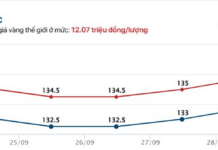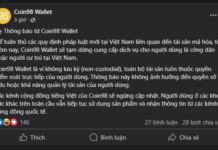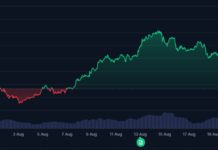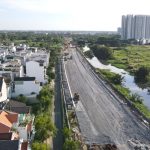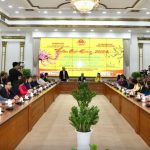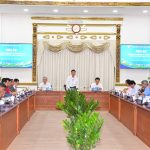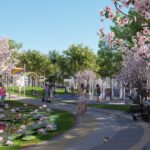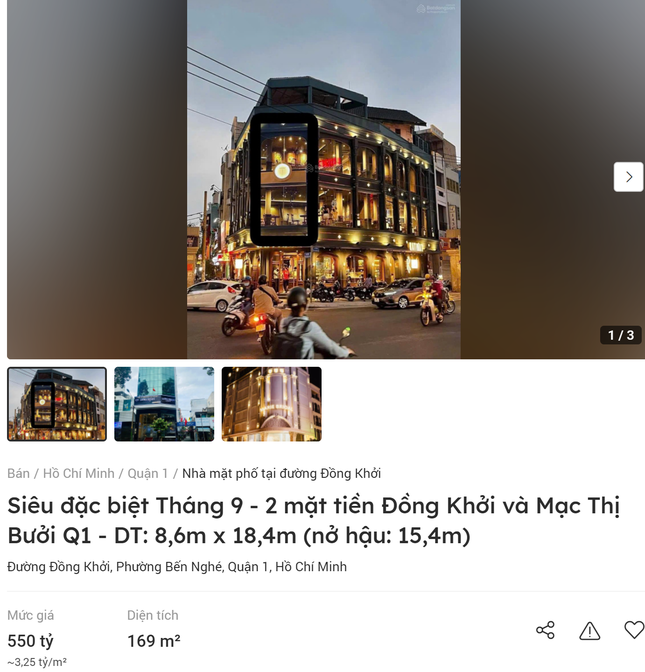On August 28th, Deputy Prime Minister Tran Hong Ha chaired a meeting with several ministries, sectors, and local authorities to discuss the detailed planning of a group of seaports and to hear a report on the investment policy for the Saigon Gateway International Transhipment Port project (Can Gio Port).
At the meeting, the Ministry of Planning and Investment reported on the Can Gio Port project, which is expected to provide services related to the operation of a seaport container terminal. The projected scale of the project is 571 hectares, with a total investment of approximately VND 113.5 trillion, to be implemented in seven phases over 22 years.
Mr. Nguyen Canh Tinh, General Director of Vietnam Maritime Corporation, assessed the project as highly feasible due to the identified cargo volume. Mr. Tinh requested that Ho Chi Minh City direct solutions to ensure land allocation for the project in a timely manner during each phase. He also suggested that the city establish and publicly announce clear criteria, conditions, and commitments required of investors.
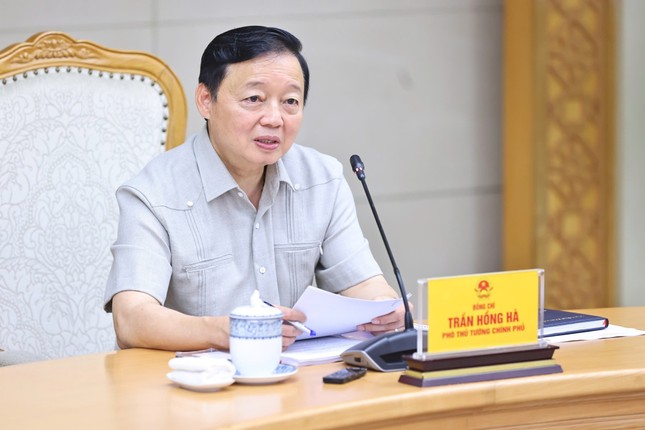
Deputy Prime Minister Tran Hong Ha chaired the meeting.
Deputy Minister of Natural Resources and Environment Le Cong Thanh, representing the Ministry of Foreign Affairs, stated that the project is located in the buffer zone of the Can Gio Mangrove Biosphere Reserve, a regenerated mangrove forest recognized by UNESCO. Therefore, careful assessments of the project’s environmental, nature conservation, and marine resource impacts are necessary before proceeding.
Representatives of the Ho Chi Minh City People’s Committee affirmed and committed to thoroughly evaluating the project’s feasibility report in accordance with environmental laws, ensuring no adverse effects on the Can Gio Mangrove Biosphere Reserve.
Requirements for investors regarding modern and environmentally friendly port operation technology will be studied and established to select the investor for the port construction. These requirements will ensure that the investment, construction, and port operation processes do not impact the ecological environment, especially the Can Gio Mangrove Biosphere Reserve.
Concluding the meeting, Deputy Prime Minister Tran Hong Ha instructed the ministries, sectors, and Ho Chi Minh City People’s Committee to promptly complete the necessary documents for the appraisal and approval of the investment proposal. He emphasized that the design of the Saigon Gateway International Transhipment Port must be comprehensive and detailed for all seven phases, clearly defining the location of functional areas and addressing relationships with other port clusters, shared infrastructure, connectivity, and human resource development.
The Deputy Prime Minister further stressed the importance of not compromising the environment and ensuring a harmonious balance of interests, avoiding conflicts with other projects.
2023 Remittances Surpass Half of Ho Chi Minh City’s Budget Revenue
As part of the Homeland Spring 2024 program in Ho Chi Minh City, this morning (2/2), the overseas Vietnamese delegation had a tour of the City Hall and met with city leaders.







